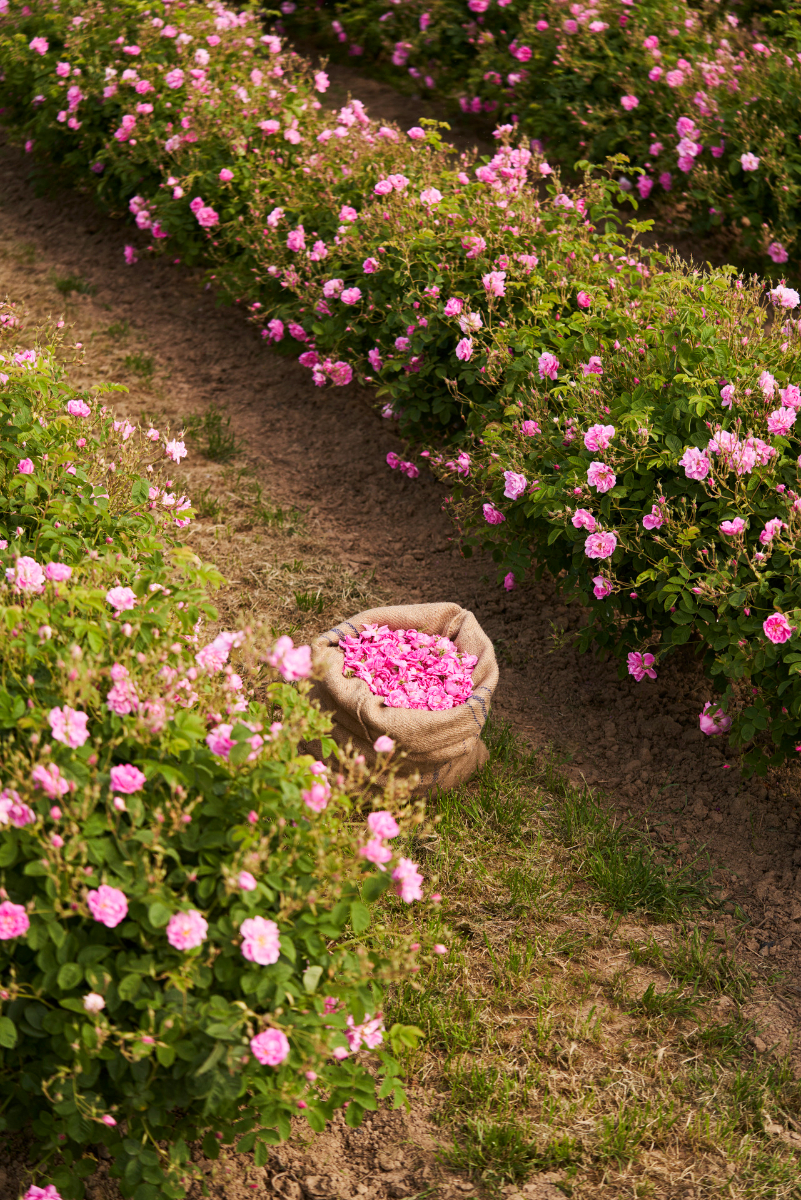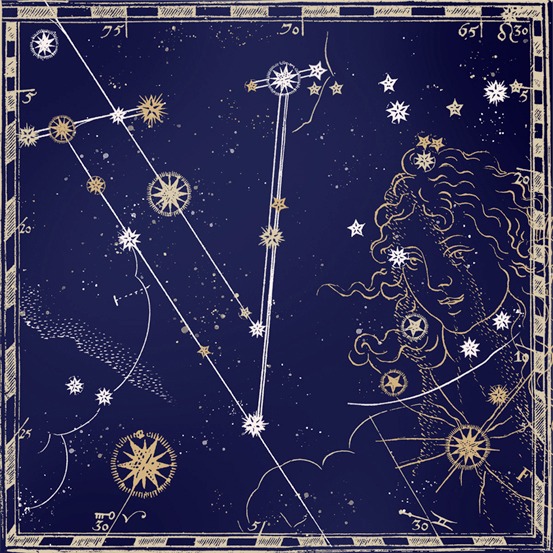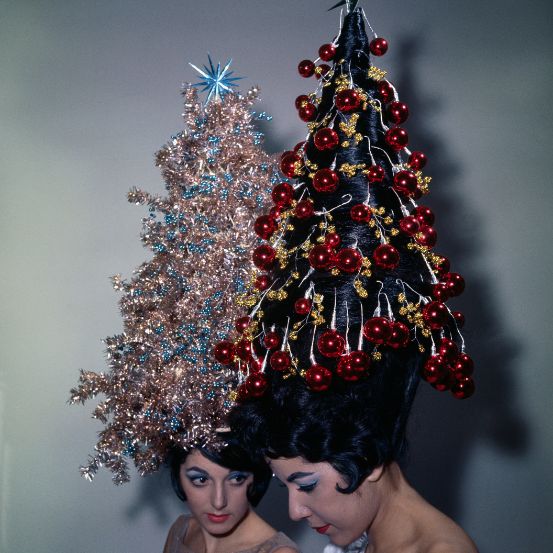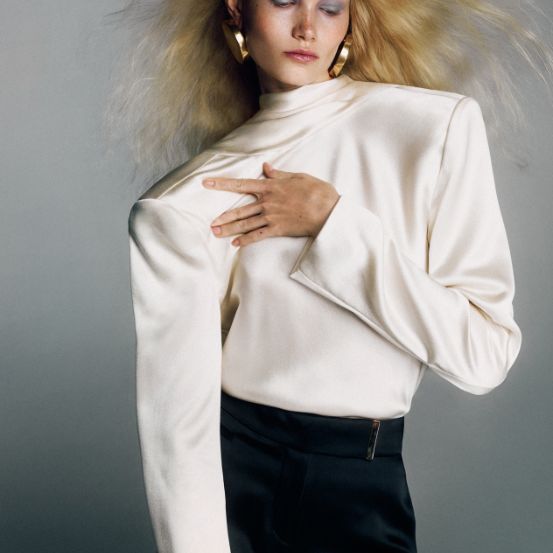It’s under the sun of Grasse that the May rose is born. As is the jasmine. As are the raw materials that become the fragrance notes of the eternal Chanel Nº5.
It’s under the sun of Grasse that the May rose is born. As is the jasmine. As are the raw materials that become the fragrance notes of the eternal Chanel Nº5.

In the Beauty industry, few things are as emblematic as the small gold liquid that poetically moves within the walls of a bottle of Chanel Nº5. One hundred and one years after its creation, Vogue Portugal visited the home of the fragrance, the place where Gabrielle “Coco” Chanel and her parfumeur, Ernest Beaux, rescued some of the natural components that are still part of the formula (secret, it should be noted) personified by the number five: the French region of Grasse. This is where ingredients such as tuberose flower, iris, or pink geranium grow. And the rose of May, one of the flowers whose petals are collected and then magically transformed into the oil that dominates the essence of Chanel Nº5. But the May rose is not the only delicate flower whose scent can be felt in this perfume. Jasmine is another essential ingredient. Olivier Polge, current perfumer of the French maison, told Vogue an anecdote that “is not in the books”, as he himself guarantees: “When Gabrielle Chanel was working on Nº5, she asked Ernest Beaux which was the most expensive raw material of the perfume. It was jasmine. She said, 'Then let's put more of that ingredient in, no matter what it smells like.’” The quality of raw materials is not the only factor that links Chanel, and more particularly its perfumery segment, to Grasse. In 1987, the maison initiated an unprecedented partnership with the Mul family, whose experience of cultivation in the region’s soils dates back to 1840, thereby finding a safe haven for preserving the quality of the natural ingredients that make up its most emblematic perfume - and guaranteeing the future and continuity of the Nº5 formula.
It’s a hundred years of Chanel Nº5. A hundred years defined by climate changes, social changes… Only the perfume’s formula remains the same. How? Olivier Pole explains: “You have to make sure many years in advance that the quantities of the quality you need [to produce the perfume] are in a safe situation. So you have to be very loyal to the farmers, to the suppliers, and to ensure them that you will be very consistent throughout the years.” The taste for tradition does not imply that innovation is ruled out. There is room for innovation, for instance, at the cultivation stage. The Mul family, today embodied in the leadership of Joseph Mul, has decades of artisanal experience accumulated over generations, but does not stop testing new methods. During the time Vogue Portugal spent in the fields of Grasse, it was possible to ear classical music being played as a way to stimulate the rose of May. Joseph underlines that it is a “recent” technique (that is, a few years old) and that we are still far from drawing conclusions about its effectiveness.
The other side of innovation comes with Olivier Polge himself. Son of Jacques Polge, perfumer for Chanel between 1978 and 2015, Olivier says that, with his dad, he learned “everything but perfumery.” Growing up in the fields of Grasse was the best professional session he says to have received. “Whether we like it or not, a lot of our taste, of our sensibility is, sometimes by imposition, somehow linked to your family and how you were raised. This is where maybe my father was influencing me the most.” Despite that, Olivier developed his unique sense, something that he call an “interpretation” of Chanel’s legacy. When it comes to Nº5, that interpretation was materialized in Chanel Nº5 L’Eau. Created in 2016, one year after Olivier Polge took over as head perfumer of the maison, Chanel Nº5 L’Eau is a fragrance that takes from the root of the original formula of the Nº5 - because, as Olivier clarifies, “we never do anything at Chanel that goes against Nº5” - and alters it slightly, with the intent of creating a fresher, younger, more minimalist essence. “When I came up with Nº5 L’Eau, I remember so many times people said they already knew Nº5, butthen they try Nº5 L’Eau and said they could recognize [the fragrance] but that it was very different,” Polge declares. There are legacies too important to be forgotten. However, for Olivier Polge, that is not a problem, it’s a source of inspiration: “The more there is within a perfume, the more it nourishes your imagination.” And if there’s a perfumes that has stories and stories to tell, that will be Chanel Nº5. We will never get to know them all, but it is likely that many of those stories went down under the sun of Grasse.
Translated from the original on The Sunny Vibes Issue, from Vogue Portugal, published July 2022.Full stories and credits on the print issue.
Most popular


Relacionados
.jpg)

Réveillon no Hotel Tivoli Avenida Liberdade: 1 hotel, 3 experiências para celebrar a passagem de ano
22 Dec 2025
.jpg)



